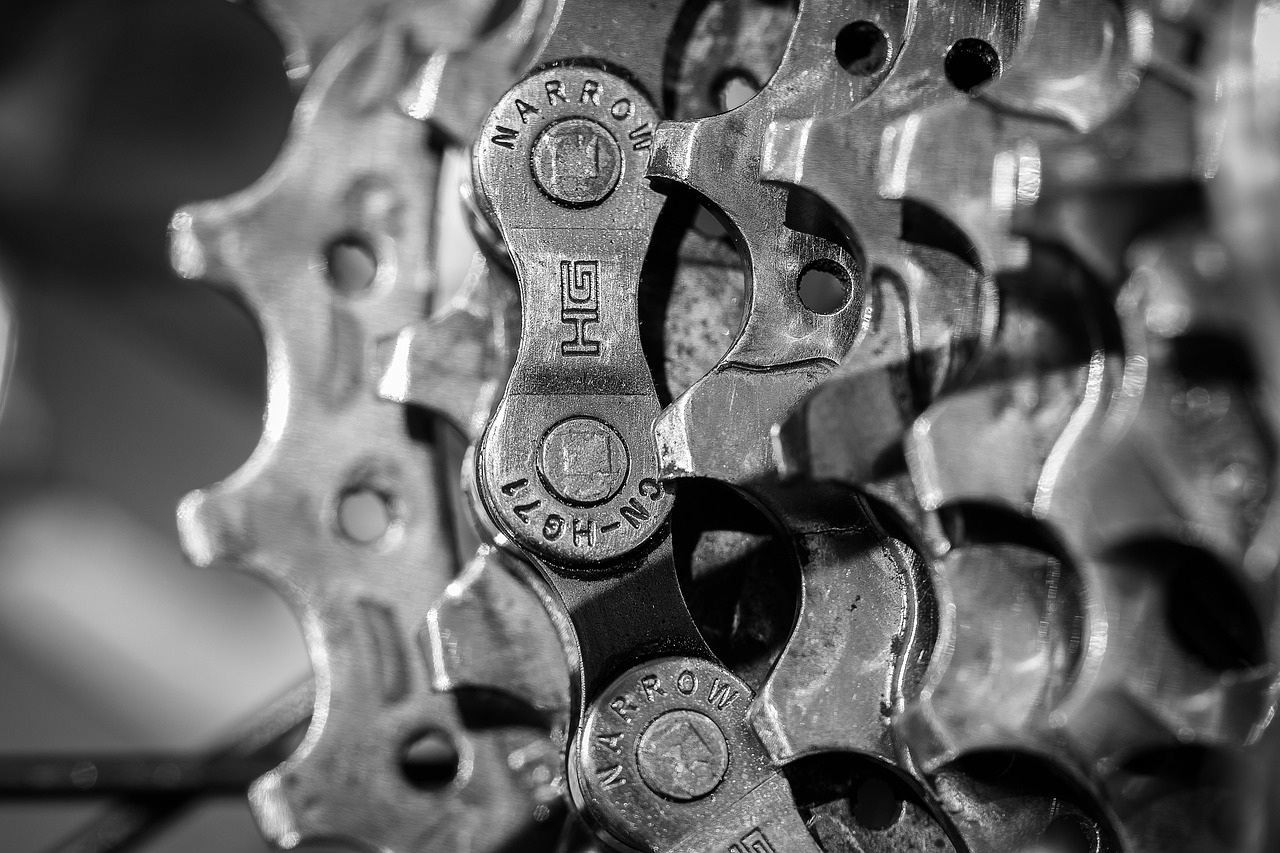“톱니바퀴”는 영어로 “Gear”로 번역됩니다. 이 용어는 기계에서 힘을 전달하거나 회전 운동을 조절하는 데 사용되는 톱니 모양의 원형 부품을 의미합니다.
”톱니바퀴”를 영어로 표현하는 방법
- Gear (톱니바퀴)
- Cogwheel (코그휠)
- Transmission Gear (전송 기어)
1. Gear
“Gear”는 가장 일반적인 톱니바퀴의 표현으로, 기계적 연결의 기본 요소입니다.
- “Gears are essential components in many machines and vehicles.” (톱니바퀴는 많은 기계와 차량의 필수 구성 요소이다.)
- “Different gear sizes can change the speed and torque of a machine.” (다양한 톱니바퀴 크기는 기계의 속도와 토크를 변경할 수 있다.)
- “A gear ratio determines how much power is transmitted between gears.” (톱니비율은 톱니바퀴 간의 힘 전달량을 결정한다.)
2. Cogwheel
“Cogwheel”은 톱니바퀴의 또 다른 표현으로, 주로 특정 형태를 강조합니다.
- “The cogwheel engaged with another gear to transfer motion.” (코그휠은 다른 톱니바퀴와 맞물려 운동을 전달했다.)
- “Cogwheels are often found in clocks and intricate machinery.” (코그휠은 시계와 복잡한 기계에서 자주 발견된다.)
- “The design of a cogwheel allows for efficient movement and power transmission.” (코그휠의 설계는 효율적인 이동과 힘 전달을 가능하게 한다.)
3. Transmission Gear
“Transmission Gear”는 주로 자동차와 같은 전송 시스템에서 사용되는 톱니바퀴를 의미합니다.
- “Transmission gears play a crucial role in vehicle performance.” (전송 기어는 차량 성능에서 중요한 역할을 한다.)
- “Shifting gears allows the driver to control the speed of the car.” (기어를 변경하면 운전자가 자동차의 속도를 조절할 수 있다.)
- “Different types of transmission gears can affect fuel efficiency.” (다양한 유형의 전송 기어는 연료 효율성에 영향을 미칠 수 있다.)
“톱니바퀴”는 영어로 “Gear”로 표현되며, 이는 기계의 기본적인 작동 원리를 이해하는 데 중요한 개념입니다. 톱니바퀴는 현대 기술의 필수 요소로, 다양한 분야에서 폭넓게 활용되고 있습니다.













Leave a Reply